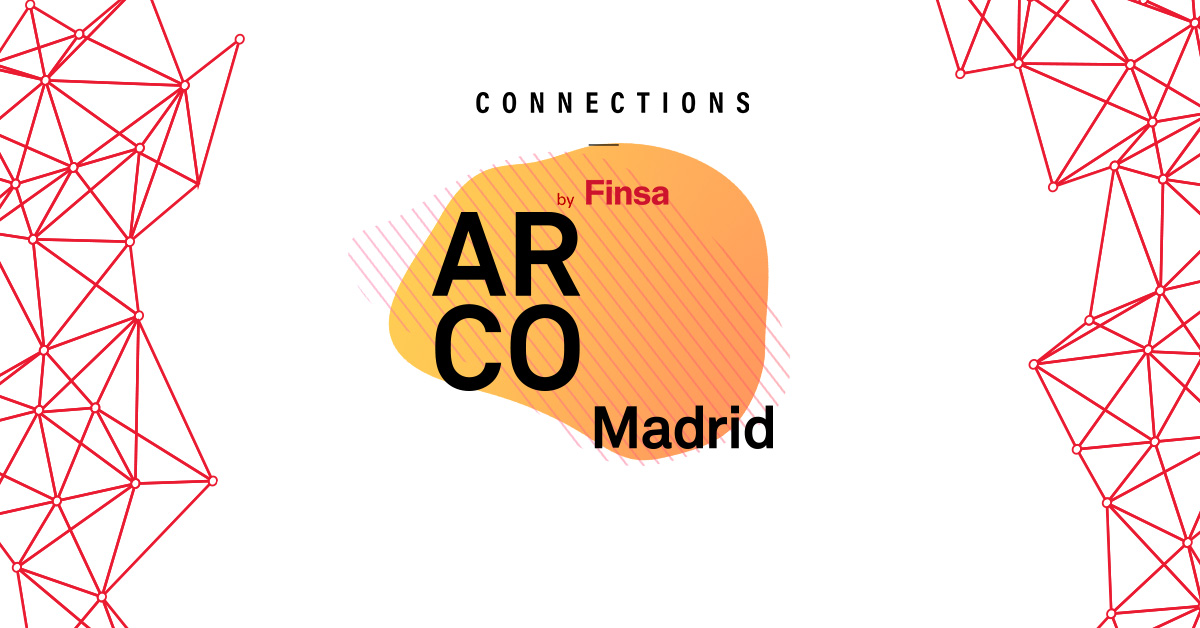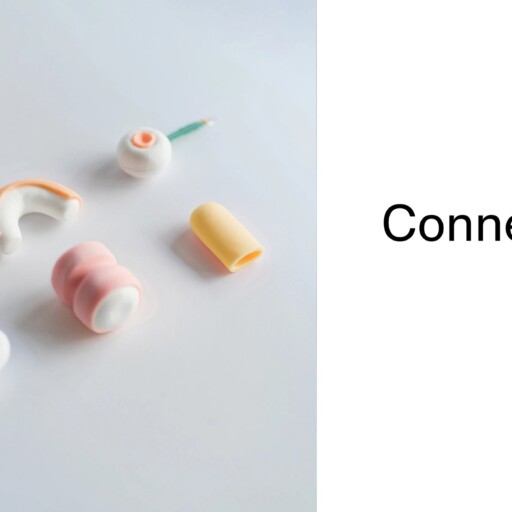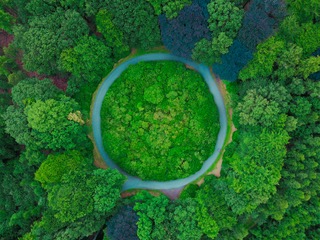When she was just 25 years old, interior designer María Bermúdez founded Quefalamaria, an interior architecture studio. Seven years later, it now specialises in creating spaces that break through aesthetic and emotional barriers. We connected with her to found out about the creative universe behind her studio.
How did Quefalamaria come about?
It grew out of the need to create a project that was based on something different, with huge creative potential and lots of attention to detail, focusing on both quality and the design process, with an understanding of all the stages involved in refurbishment, furnishing, and styling, as well as on customer service. We do slow-burn projects and approach them from every angle with our own style and a great deal of care.
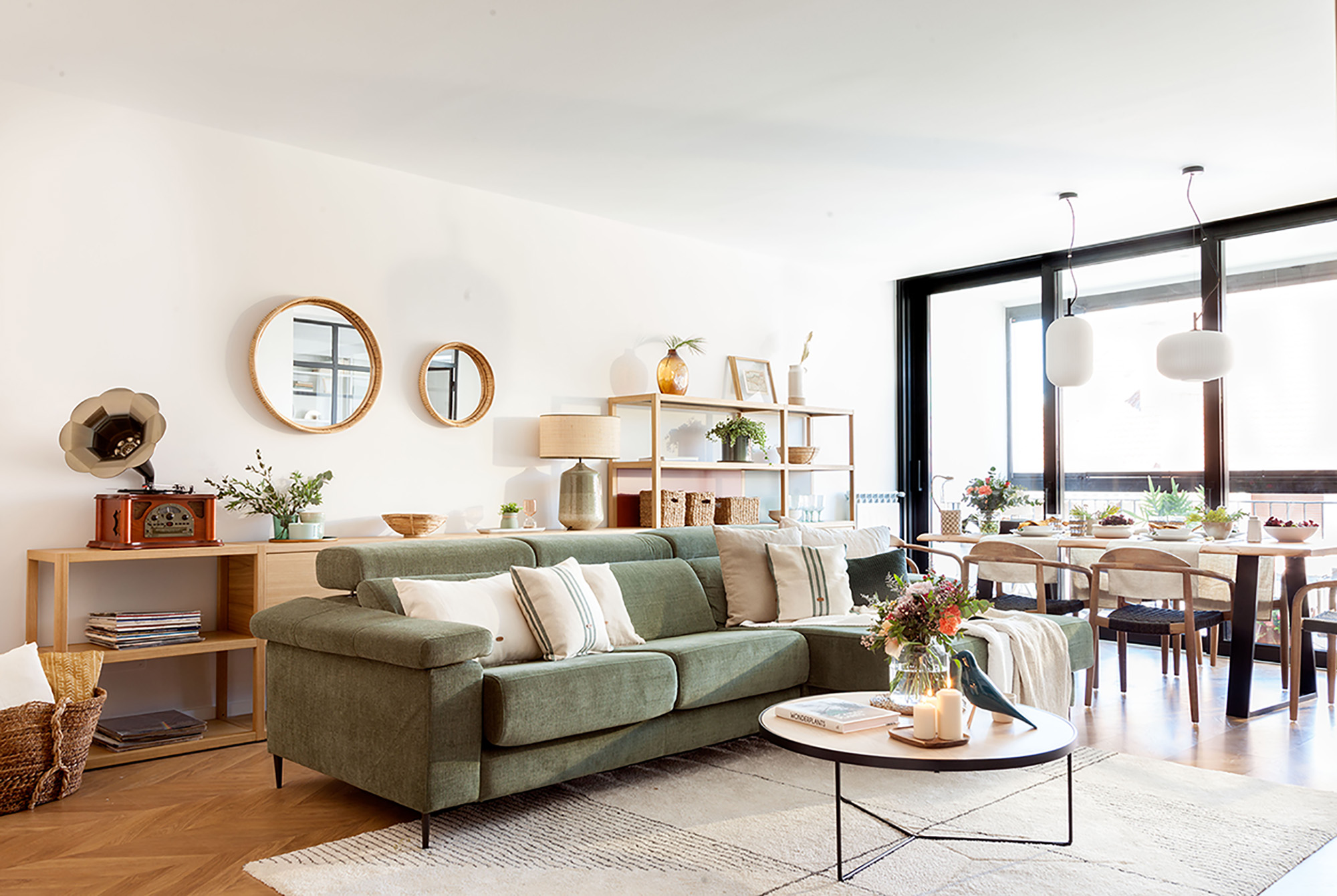
What does your studio specialise in?
We’ve realised that the main reason people are interested in our studio is because we approach our designs with respect for the profession. We firmly believe in the power of interior architecture to transmit emotions and make the people who inhabit the space happy.
What’s the first thing you notice when you enter a space that you’re going to refurbish?
The first few times that you see a project, you go in with a completely open mind to see what is unique about the space. Sometimes it’s high ceilings, other times it’s old flooring that can be recovered, but I always look at the light and the direction that the space is facing.
What’s your process like when you get a new project?
We always start with a briefing during which we ask the clients about their day-to-day life, their plans for the future, the importance of each room is for them, their values, and their interests. From there, we plan the layout as well as ideas for materials and furnishings. We turn all of this into 3D images so we can see a hyper realistic version of our proposal. After that comes the budget, then the building work, furnishing, and decorating.
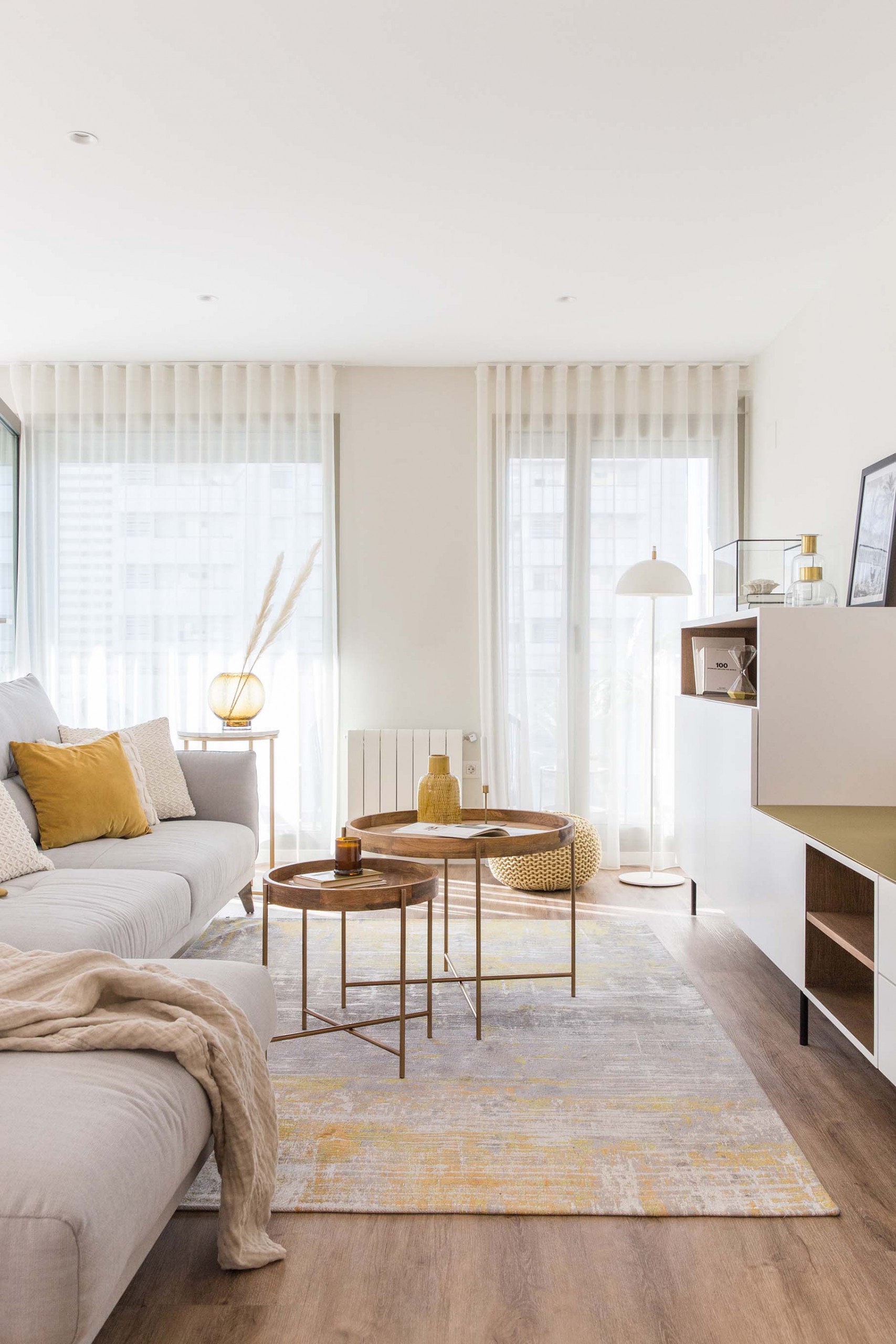
Which part do you most enjoy?
If I had to choose something, it would probably be measuring the space for the first time to make the plans and the first time the clients see the 3D images.
What are the most important elements of an interior design project?
We always pay careful attention to the possibilities that the space offers when it comes to meeting the needs that the client expresses. A good layout is the most important, although it sometimes goes unnoticed, unlike well-chosen materials or an exquisite lighting project.
What has been your most ambitious project?
I’m one of those people that always thinks that the next project will be the most ambitious. We’ve got some very special ones coming up in 2021: a boutique hotel in the centre of Vitoria-Gasteiz, the main offices of a big optical chain in Barcelona, and the wine tourism complex in the heart of my homeland, Alt Penedès, with cava cellars.
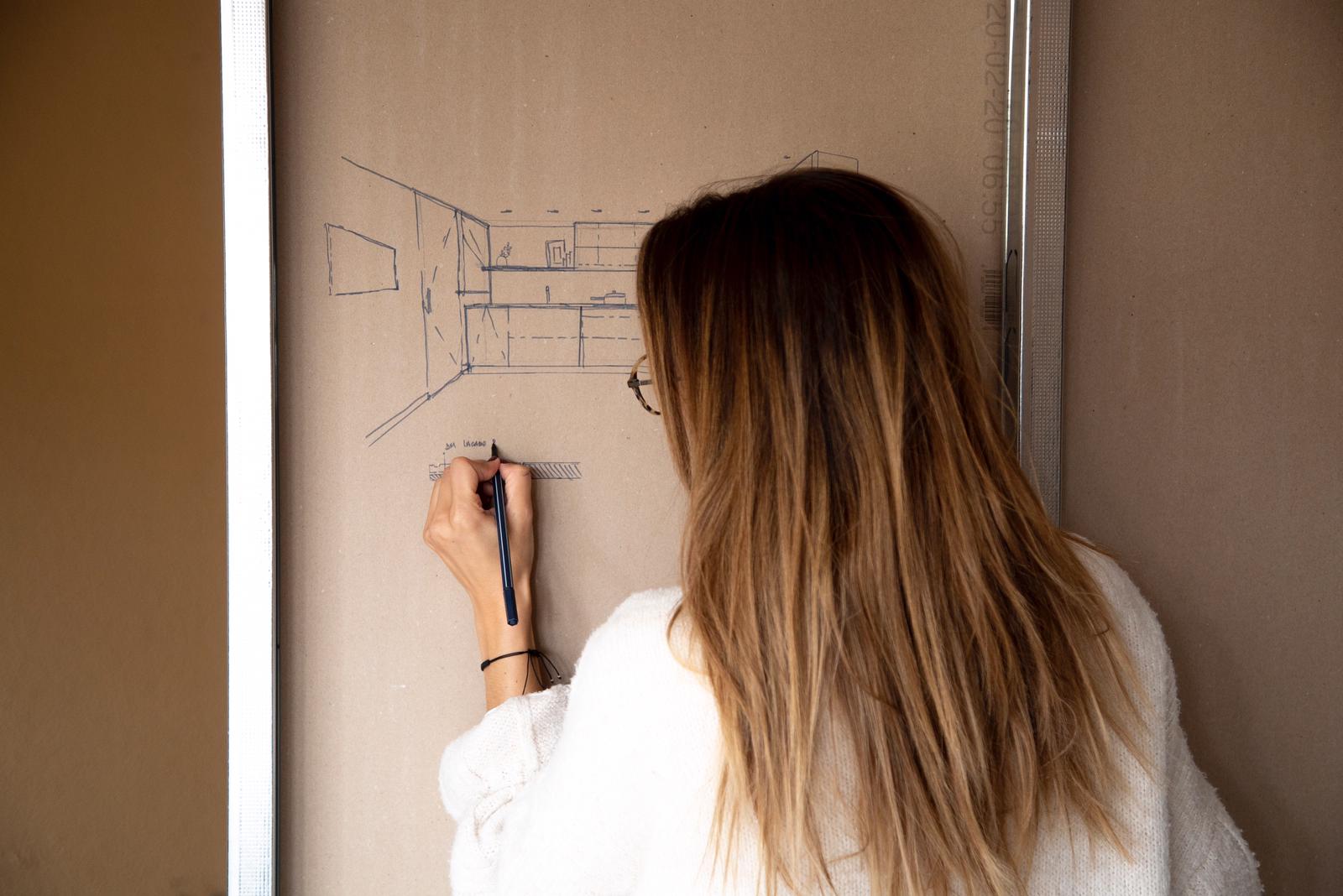
Do you think the perception of home interior designs has changed as a result of lockdowns?
Being at home a lot is making many people think about how they feel in their home and if it makes them feel serene, calm, happy, or joyful. Human beings have a profound psychological link to the spaces we inhabit. I have always said that your home is a reflection of who you are, and I believe lockdown is making many people realise this.
Which materials have been the stars of 2020 and which ones will be the stars of 2021?
This year, there has been a lot of uncertainty in interior design trends. Trade fairs being cancelled as well as general concern have prevented new ideas in the sector from being shared. Generally speaking, this means thatinterior design has returned to its roots, au natural, slow, austere, and without any pretention.
That’s why I think that, in 2021, we are going to see natural, eco-friendly, and sustainable materials, like bamboo, limewash, and organic fabrics. I would even say that artisanal products are going to get more attention than ever.
What about colours?
We’re going to see more earthy, powdery, beige, and nude tones. It’s true that Pantone’s colour of the year has a big effect on colour trends in the fashion and interior design world, inundating editorials and magazines, but I think beige is going to going to be the new off-white over the next few years.
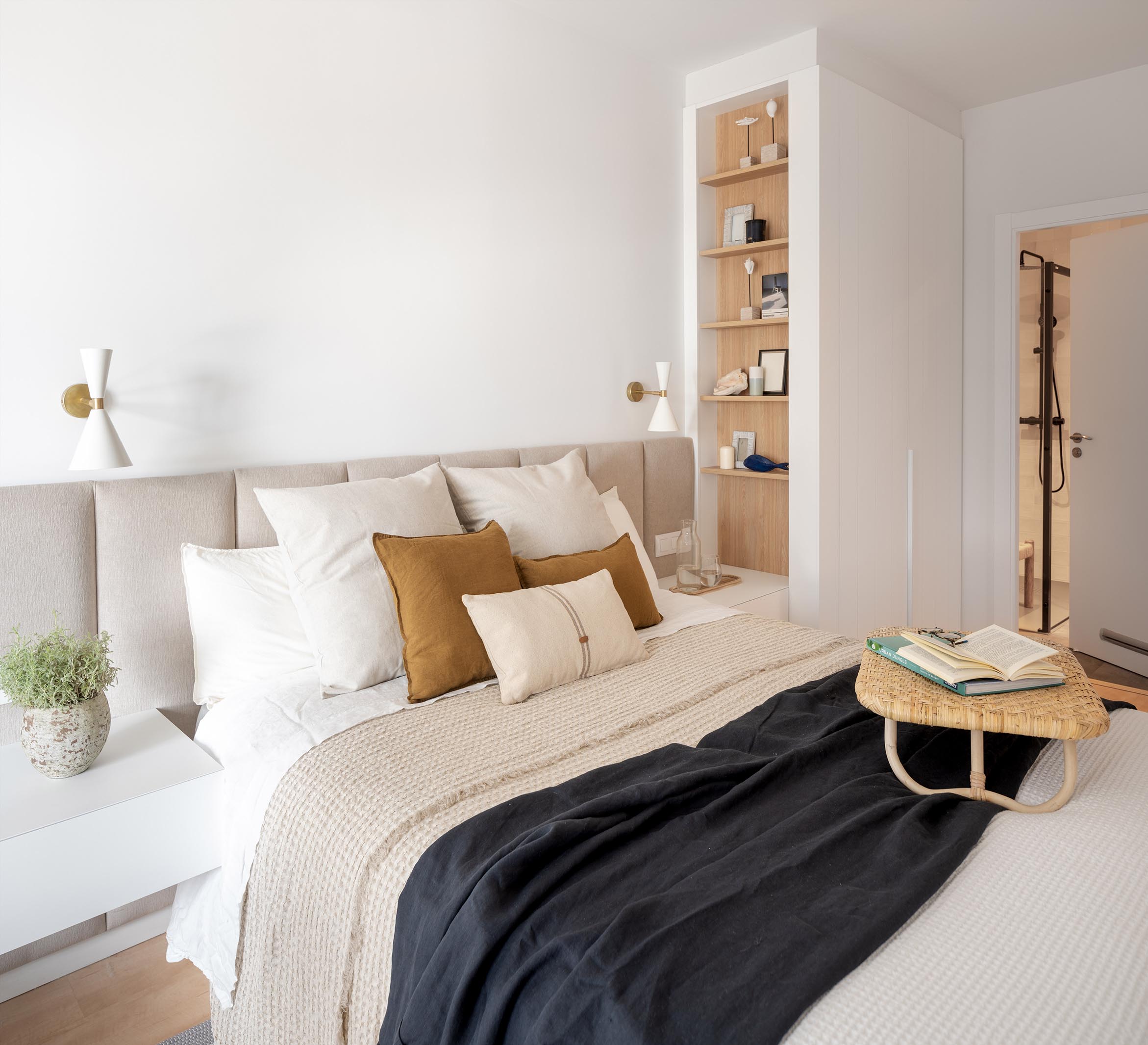
What are your sources of inspiration?
My main sources of inspiration are travel and visiting trade fairs. I’m also really inspired by cinema, culture, and of course, social media.
Right now, Instagram is proving to be an amazing window onto the world through which we can see everything from a ceramics workshop in Valencia that makes one-of-a-kind pieces to how they are designing the houses of the future in Hong Kong.
Which professionals do you look up to?
Without a doubt, the answer is Francesc Rifé. His projects embody order; he integrates every detail perfectly and is able to make the space itself the star of the whole project. But something about him that fascinates me even more is that he creates architecture using timber and light in an amazing way. They are all he needs. I was lucky enough to be able to work with him on several projects over many years and for that I am very grateful.


